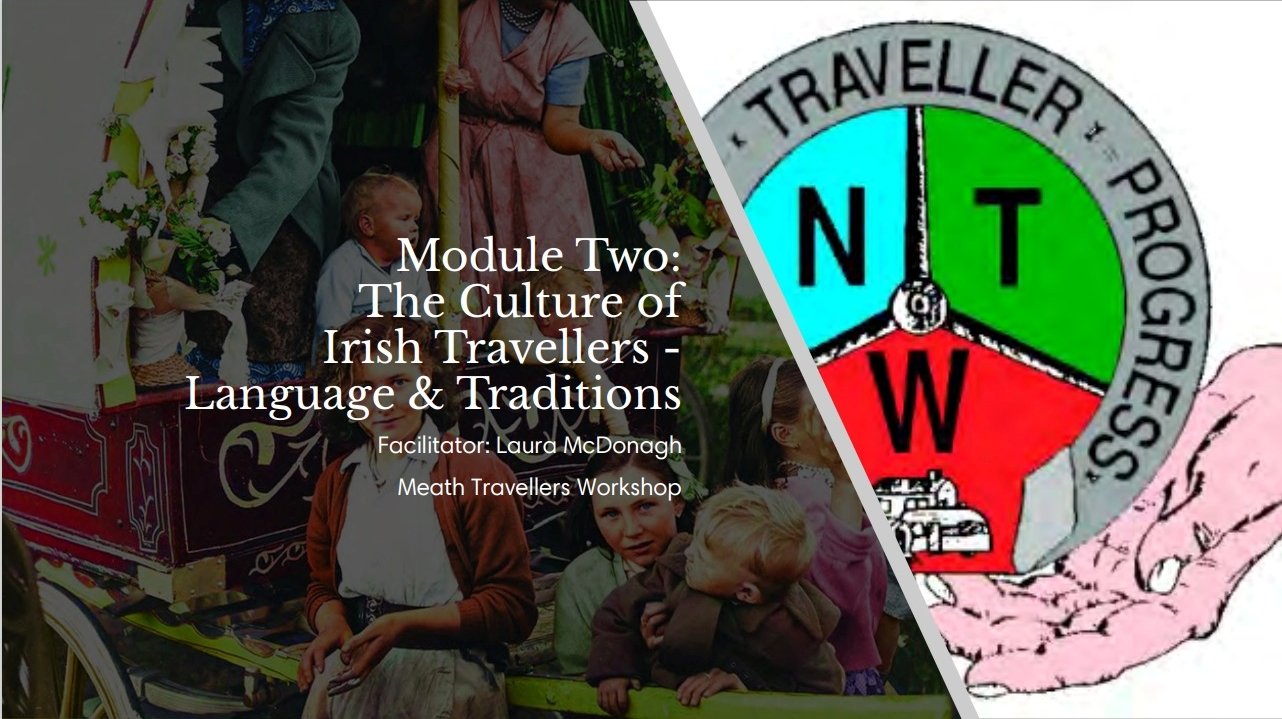
History of Travellers
Travellers have been part of Irish society for centuries. We have our own history, culture, language and traditions that make us a recognisable and distinct group. There are an estimated 30,000 Travellers in Ireland.
It is commonly thought that Irish Travellers were originally people who lost their land and homes during the Famine, however, this is not the case. As early as the 12th Century, “Tinkers” are mentioned in Irish records and refer to travelling craftspeople who were very important in the daily of life of the time.
Today there are more than 10,000 Irish Travellers living in the United States with Irish Travellers with names such as Collins, Sherlocks, McDonaghs, Maughans, Carrolls and Murphy. There’s a large contingent of Irish Travellers in South Carolina, Georgia and Texas.
In the mid-19th century just like the tens of thousands of displaced Irish who travelled on the “coffin” ships to America, so did some of the Irish Travellers.
They maintained all of the lifestyle, customs and marriage patterns of the Travelling people when they reached America. We can assume from this that these patterns were well established among the families ever before they left Ireland, so Travellers then predate the famine.
Traveller Language & Culture
Travellers have our own language, which is called “cant”. This is a language mostly used by Travellers to speak with each other. These days, it is stronger in some families than others. MTW Ltd believes that Cant is a valuable and unique part of our heritage and have worked hard in recent years to preserve, record and teach it to younger Travellers.
“Today’s Travellers are direct descendants of industrial communities that lived in Ireland in Celtic and pre-Celtic times”.
— Owen McNeill, Phases of Irish History.
That is a beautiful theory. The theories come about through our own language.
Our language is called various names according to what family you belong to. To some, it is known as Shelta, Gammon (Gamin) or Cant (Minceirtoiree). Minceir means Traveller and Toiree means talk, so Traveller talk. Cant, or even Minceirs Toiree. A large number of families would call it Gammon (or Gamin) as this is a different dialect or sorts from Cant itself.
“Lost in the mist of Time ”
Language is the last thing that we have left, that gives us our antiquity. It’s the words that are used. Languages can be cousins to one another like Germanic or English Languages.
The closest cousin to our language is old Irish. This was spoken here pre 1200’s. Some of the words used at that time are still used by Travellers today when we speak in our language. Our traditions were very oral tradition so there is very little written evidence.
The Trade of the Tinsmith
Traveller occupations in the past included tin-smithing, farm labour and door to door sales and recycling. Today many of these occupations have become obsolete with many Travellers now turning to market trading, scrap collecting and antiques dealing.
Origin of the term “Tinker”
In 12th Century written doccuments the word “tinker” (Tinceard = Tin craft) appears many times. Highlighting there was a group of Travelling crafts people who played an important role in Irish society and Irish economy.
Tinsmithing is still practiced today by a small number of Travellers, who would have gained those skills through their families.
Barrel Top Wagons
If ever there was one symbol that represents traditional Traveller culture, it is the wagon. Colourful, practical, comfortable and warm it was home for thousands of Traveller families over the years. It is the enduring image of a time when Travellers were treasured as skilled crafts people, welcome musicians and a vital part of Irish life.
Restoring a traditional Barrell Top Wagon has been one of the most successful projects the Workshops have ever run. In early 2006, three men from Meath Travellers Workshops Ltd began work, using an original wheel base.
The wagon was officially launched as part of Navan Traveller Focus Week June 2008. Since then it has become a favourite fixture at local fairs and family days around the country and has even visited Stormant in Belfast and appeared on RTE television.
The wagon plays a leading part in our “Living History” programme and has had many extremely popular visits to local schools to help illustrate Traveller culture.













